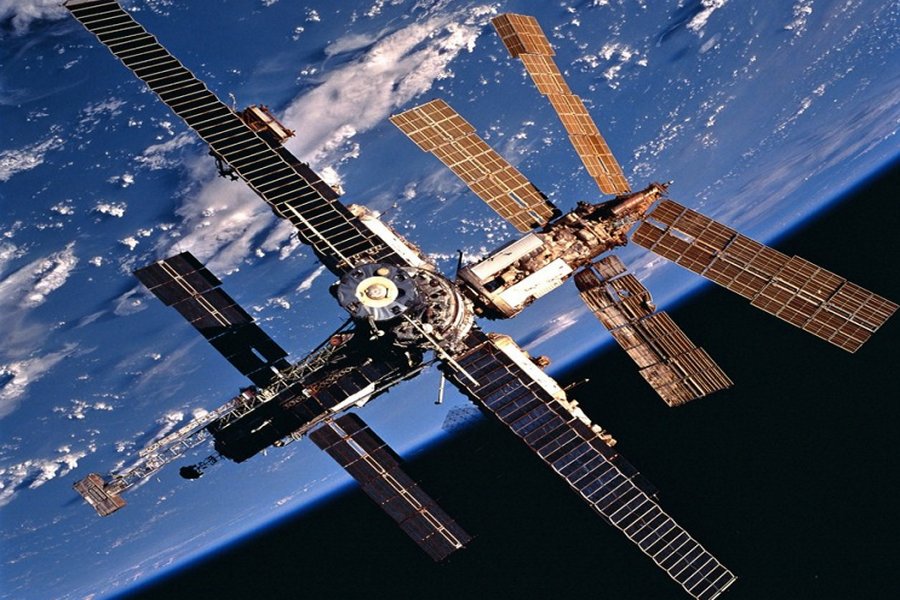On This Day In History: Russian Space Station “Mir” Ceased To Exist – On Mar 23, 2001
MessageToEagle.com – On March 23, 2001, the Russian space station “Mir” ceased to exist.
After floating in space for 15 years, Russian mission control fired engines on a rocket that had docked with Mir. The rocket made its planned trajectory, and after colliding with the earth’s atmosphere, its fragments splashed down safely in the South Pacific Ocean, between New Zealand and Chile.
“Mir” (in Russian, means both “Peace” and “World”) was a Russian space program and its core module was launched in 1986. It’s lifetime in space was estimated to be five years, but, over the years, the space station continuously expanded along with its lifespan.

Cosmonauts and astronauts from countries including France, Germany, the United States, India and Japan visited, lived and conducted experiments on the orbiter. It was continuously occupied until 1999 and orbited the earth more then 85,600 times.
Records were also set. It raised the first crop of wheat to be grown from seed to seed in outer space and, in 1995, cosmonaut Valery Polyakov spent 439 days in space aboard the station, beating the previous endurance record of 326 days.
The decision to destroy the space station was made because funding became scarce and because of its old age, which resulted in fires and breakages. There was controversy and worries for the safety of bringing such a large man-made space object out of orbit; and protests were held by cosmonauts and scientists who believed that Mir was a national treasure, and still had life left in her.
Rallies and petitions could not keep Mir in space. On this day, the 135-tons station”Mir” re-entered the atmosphere. The collapse was visible on the beaches of the Fiji Islands. Spectators could see the station’s final moments across the sky.
MessageToEagle.com
Expand for references









